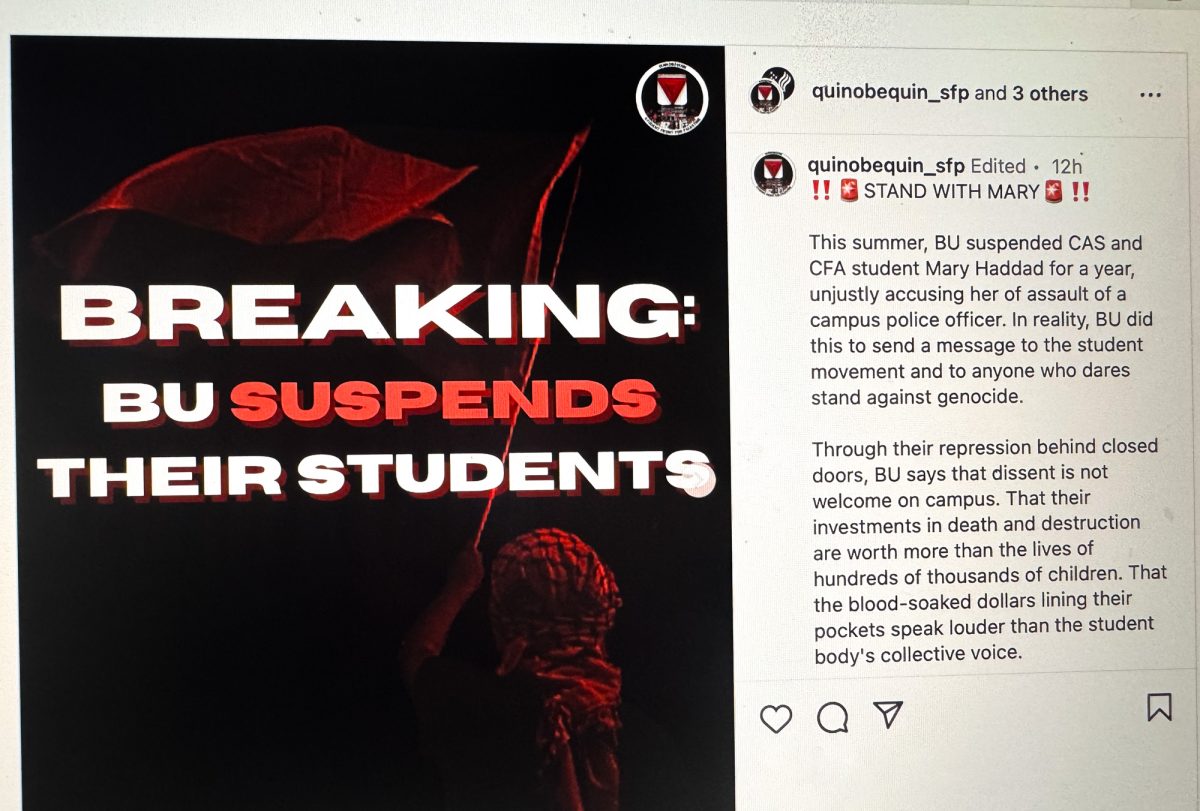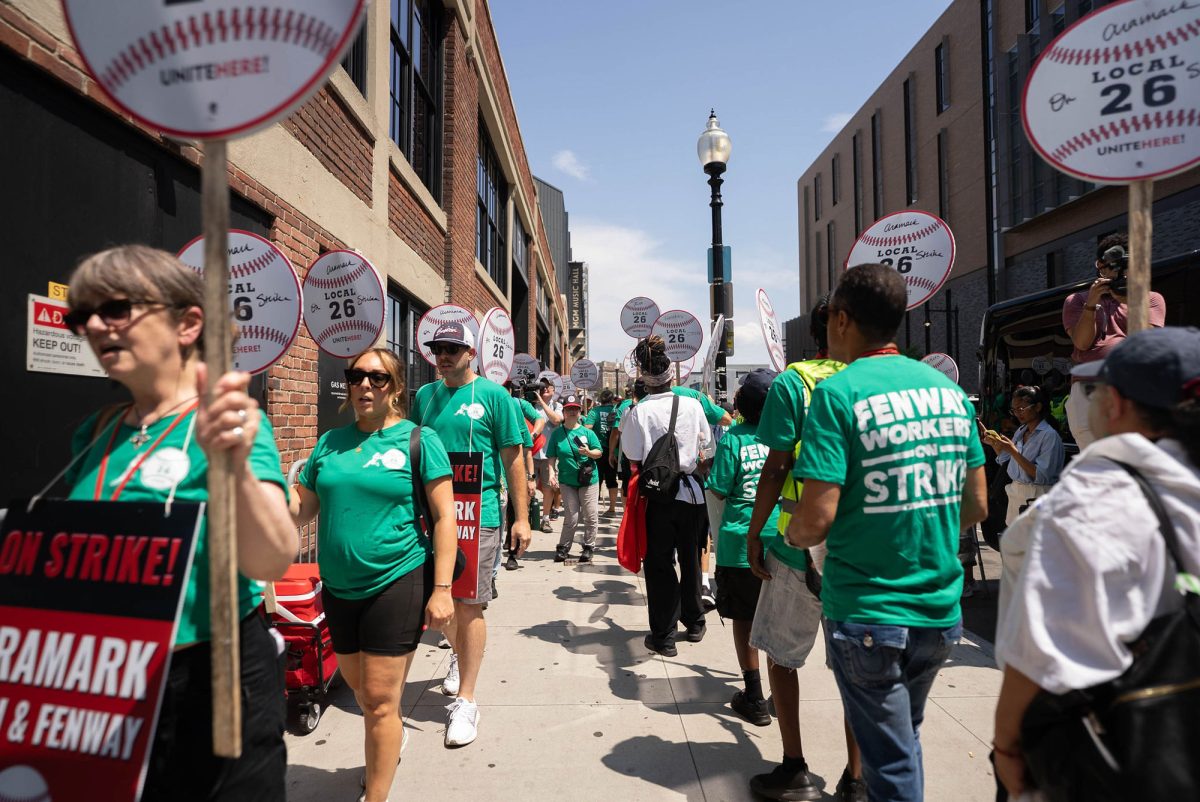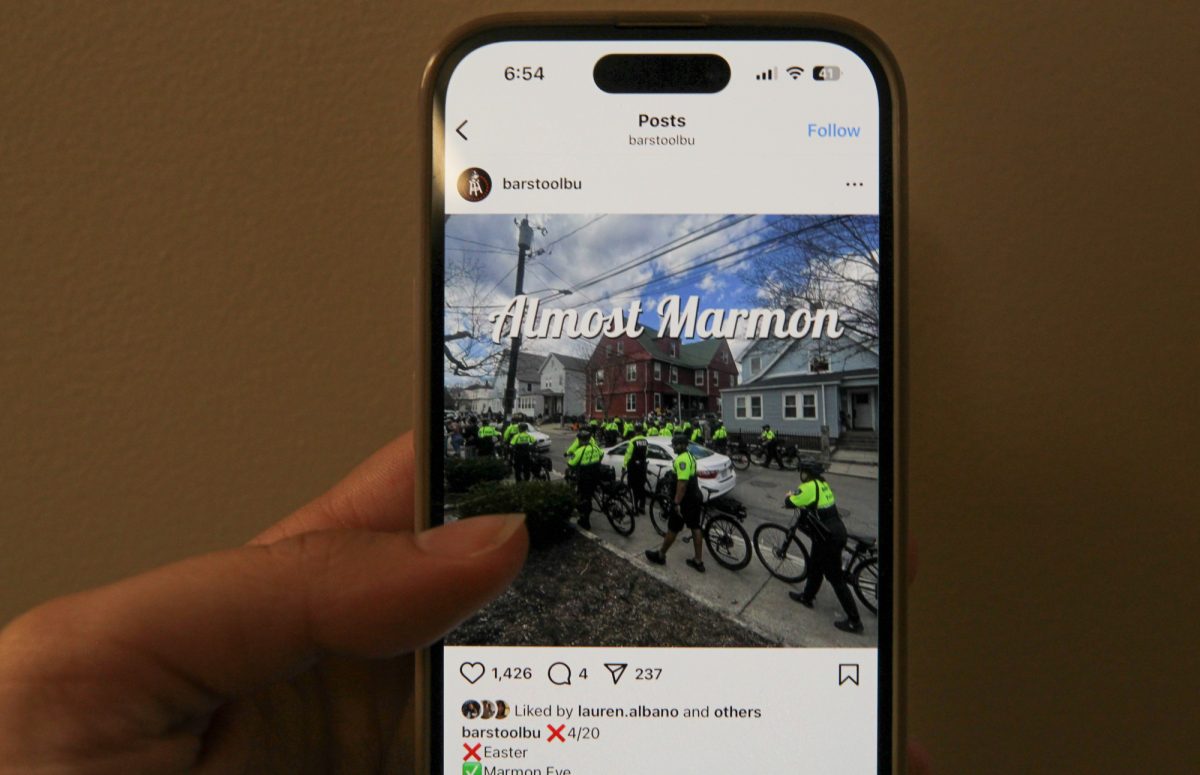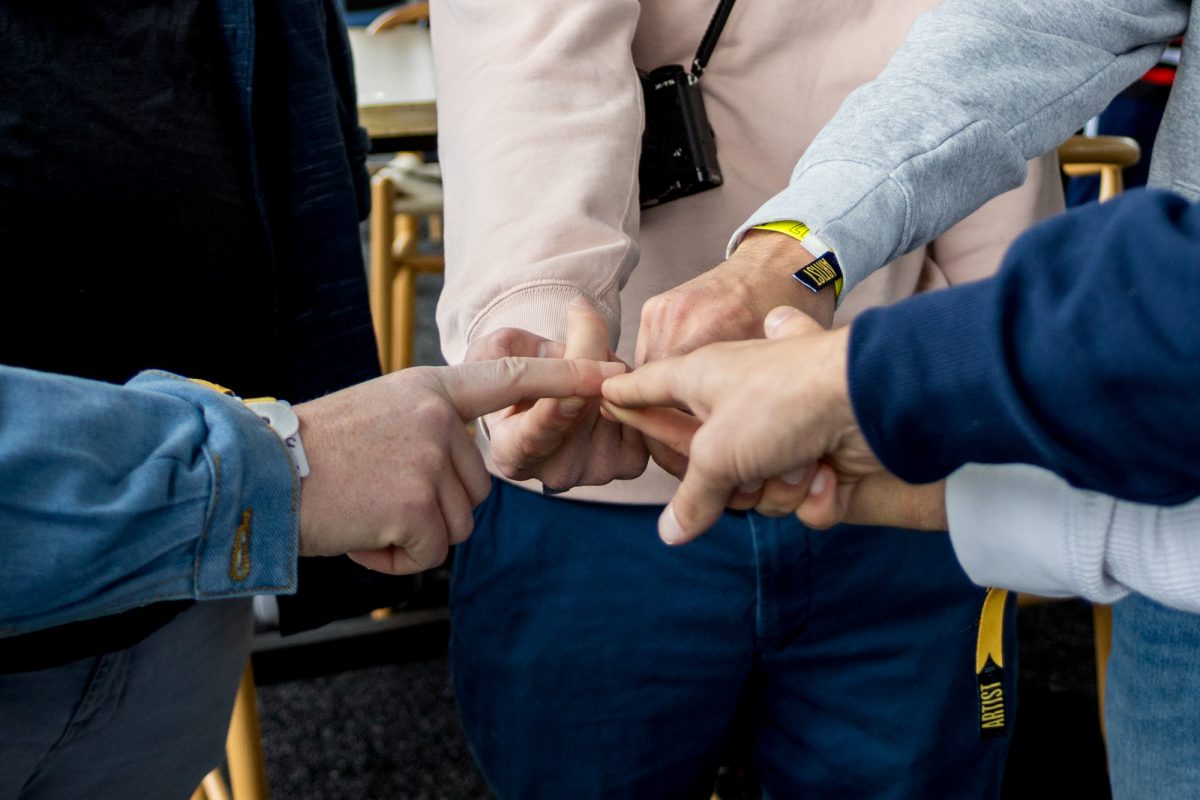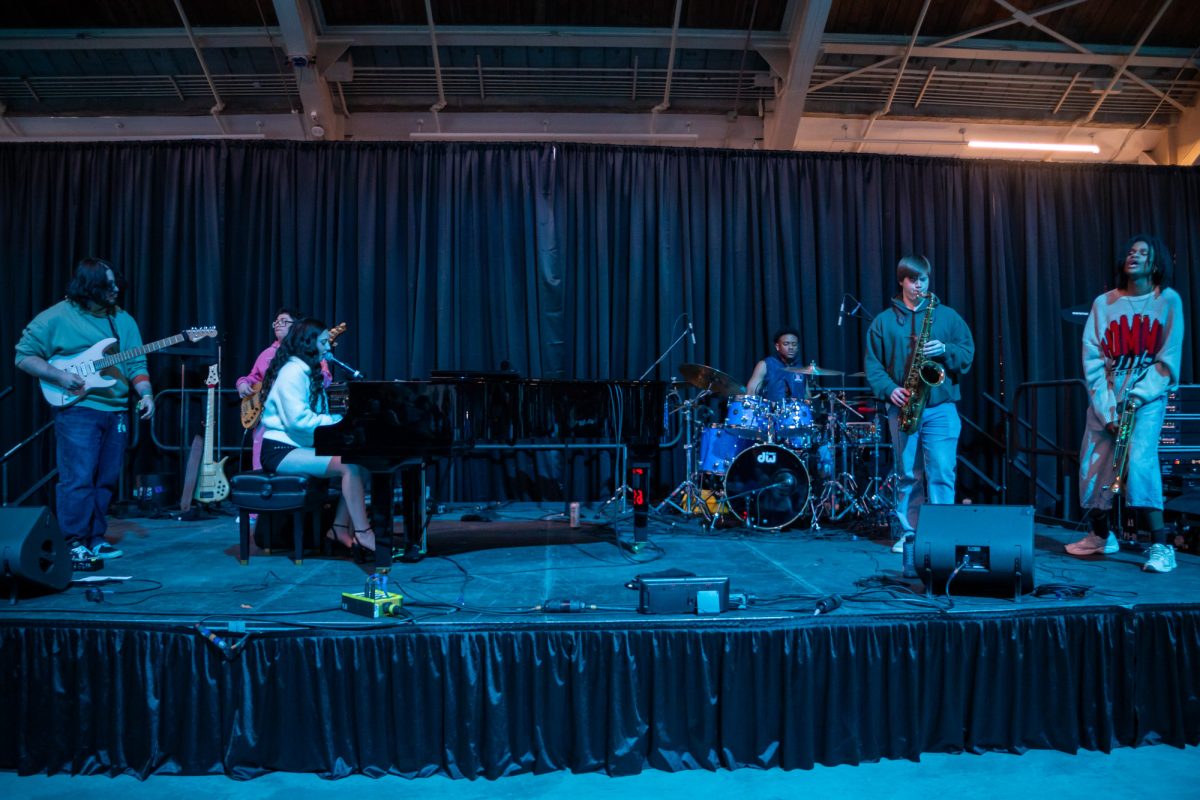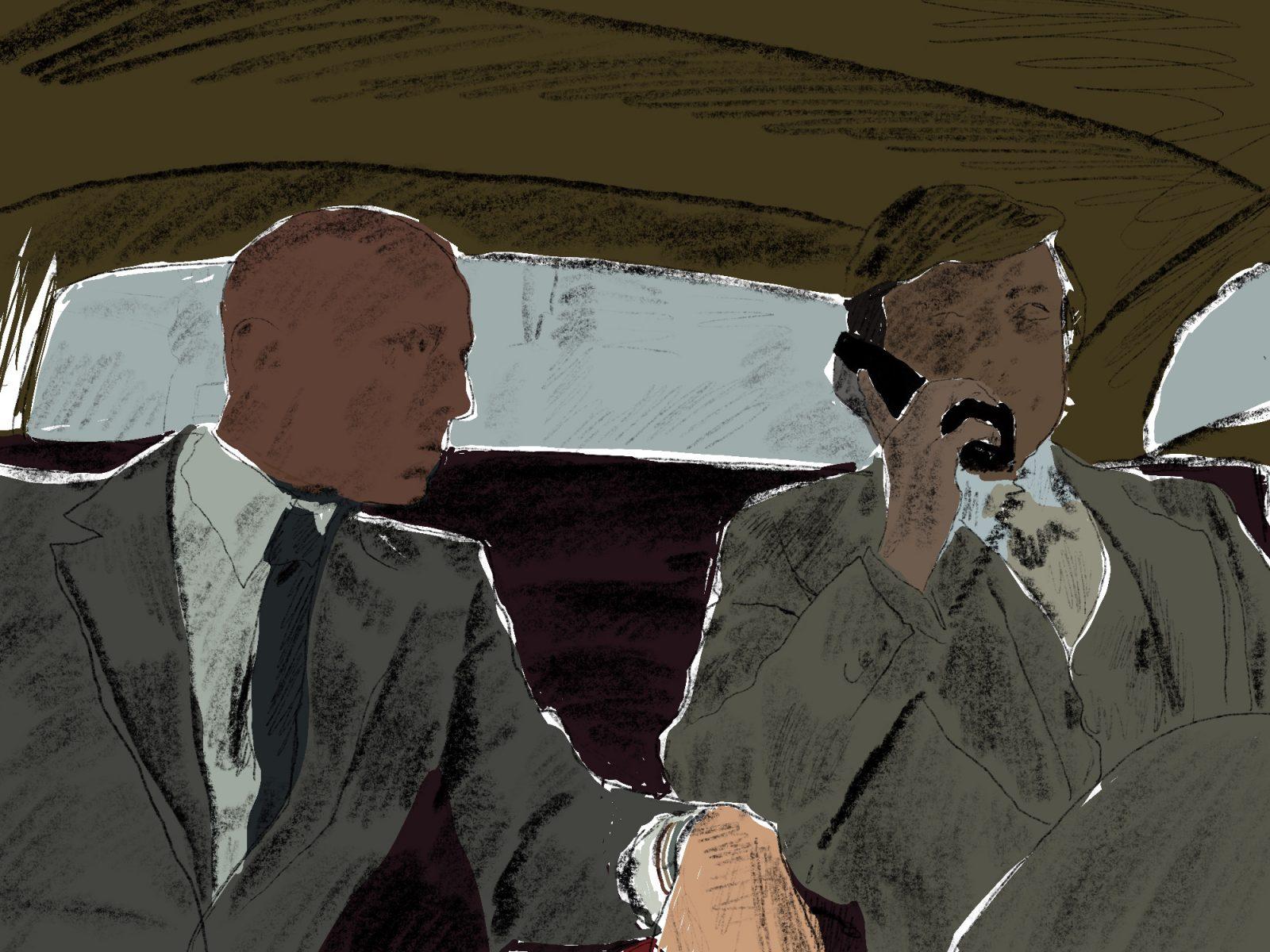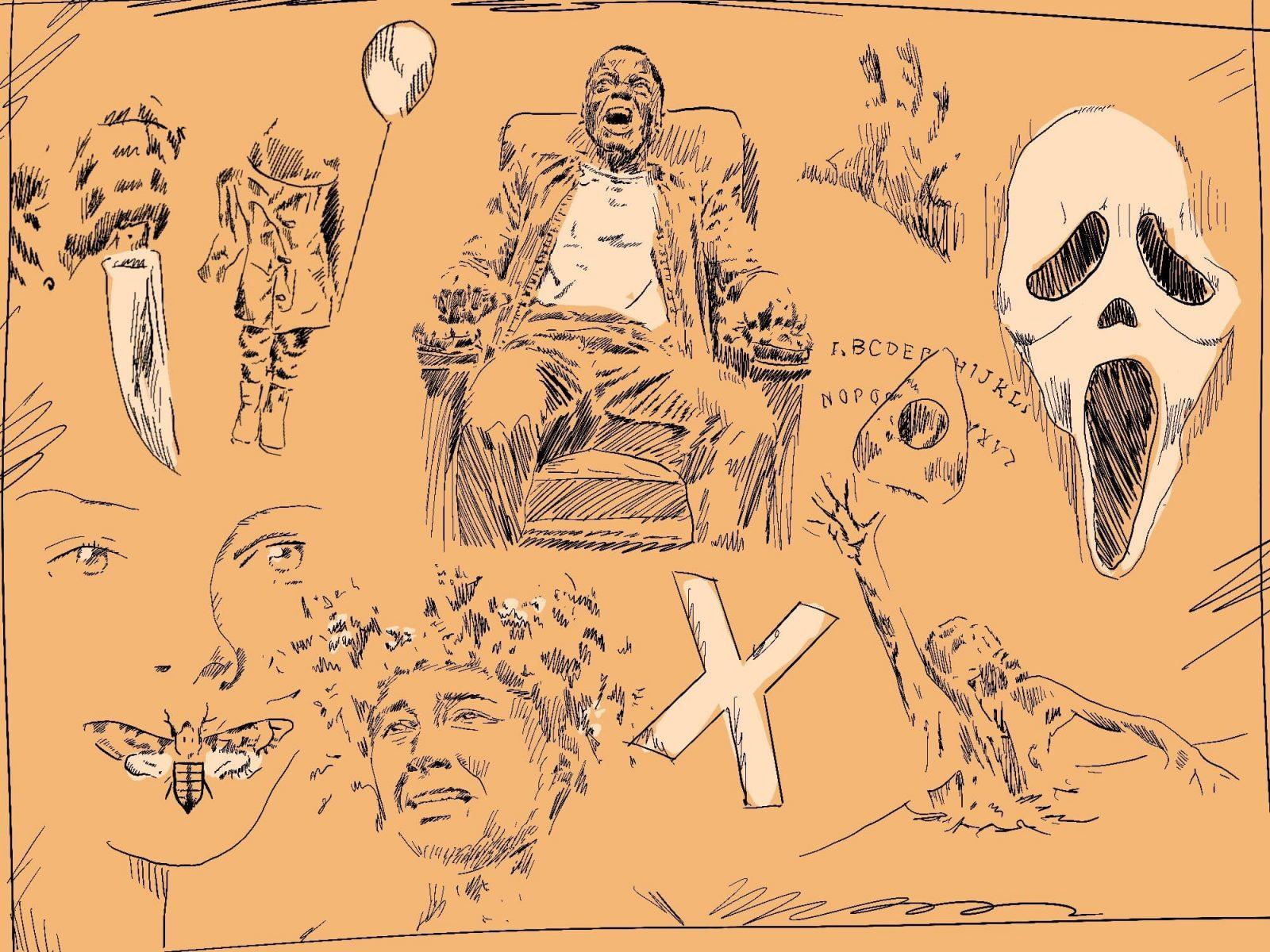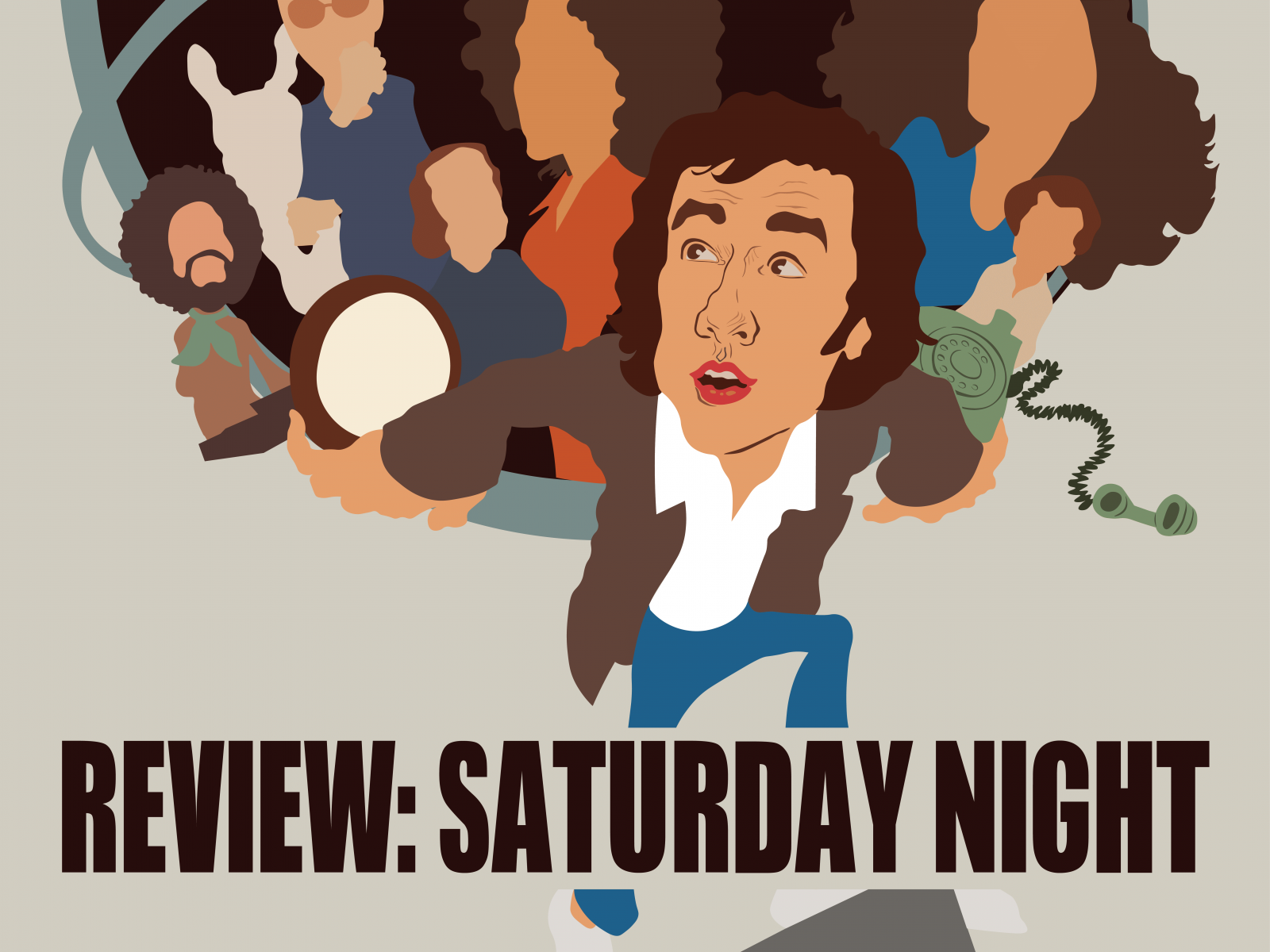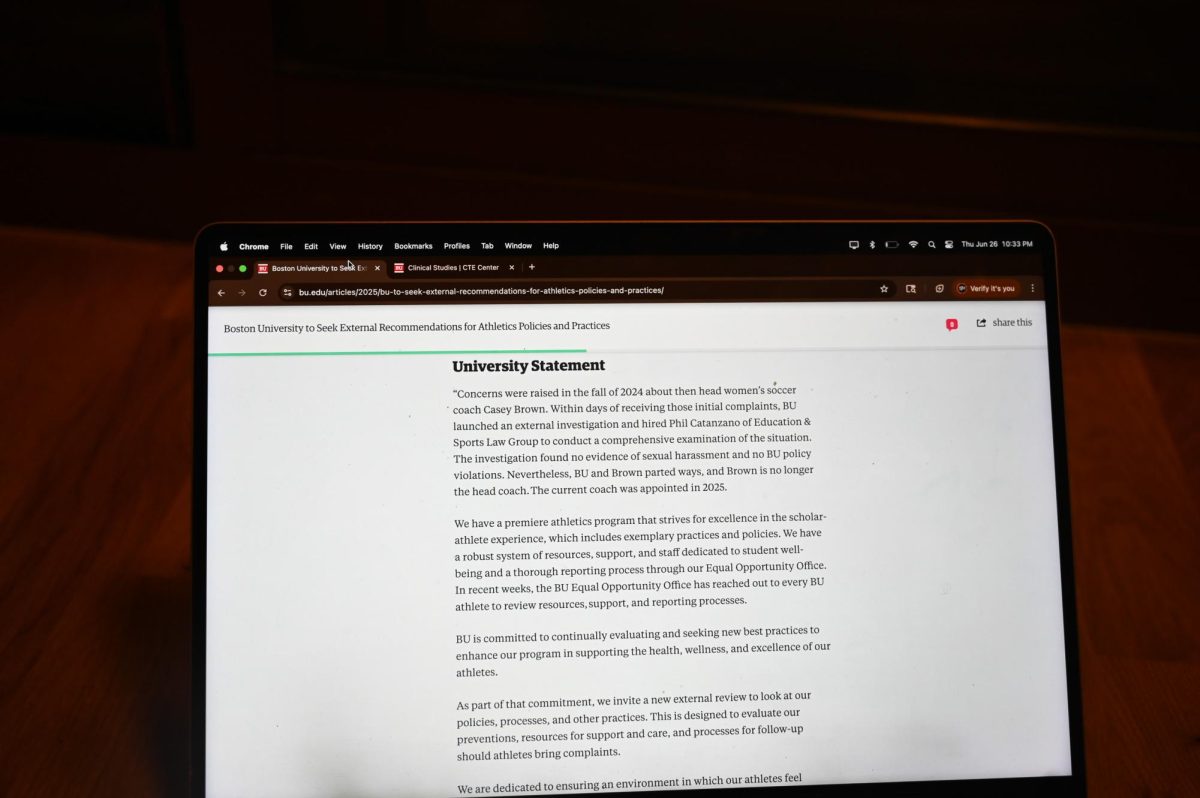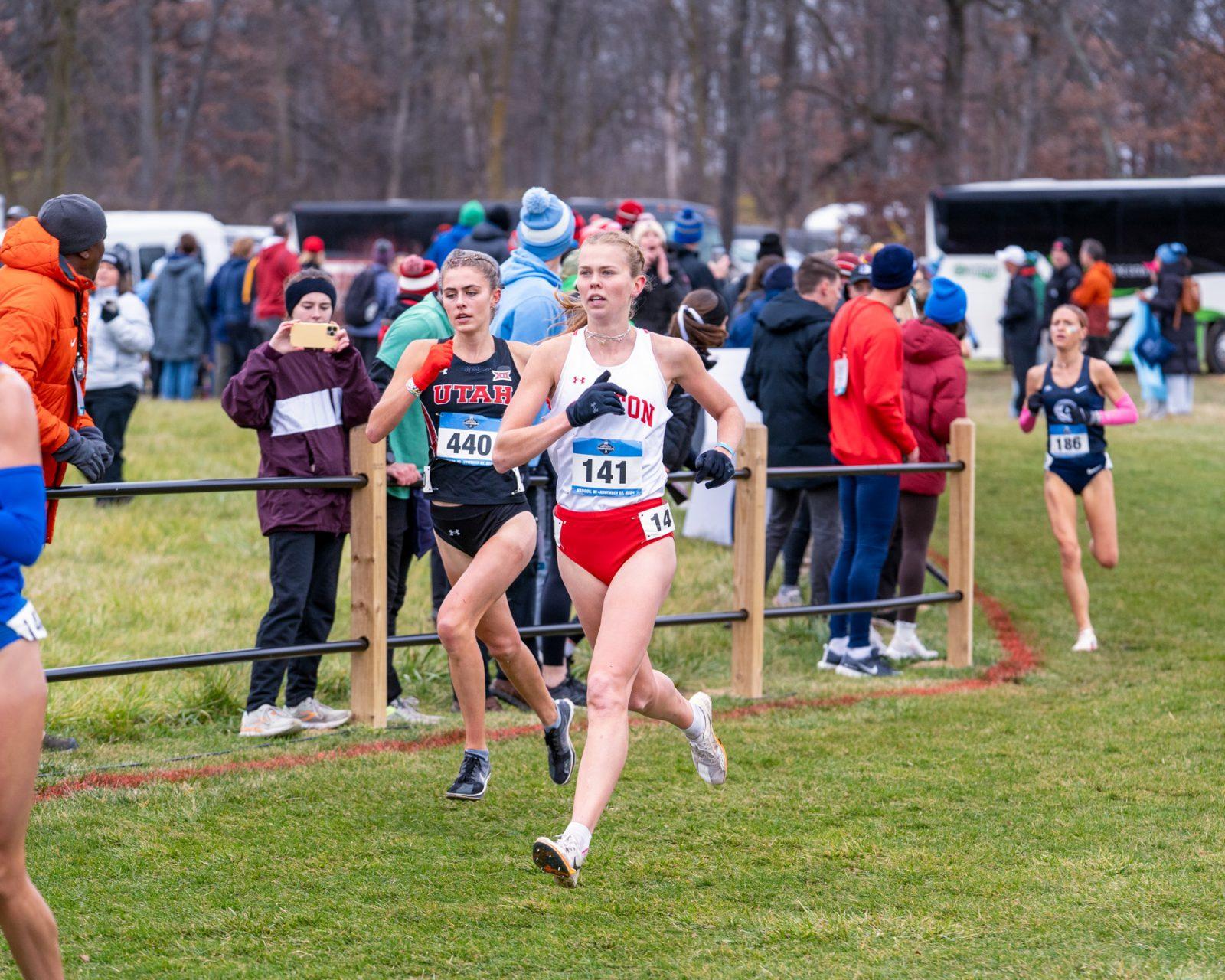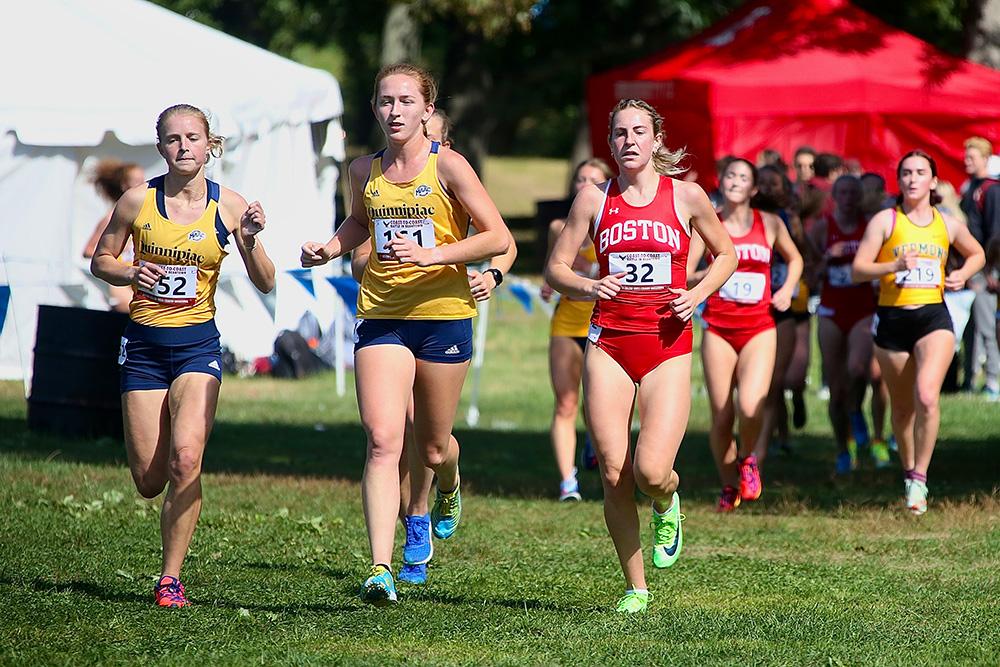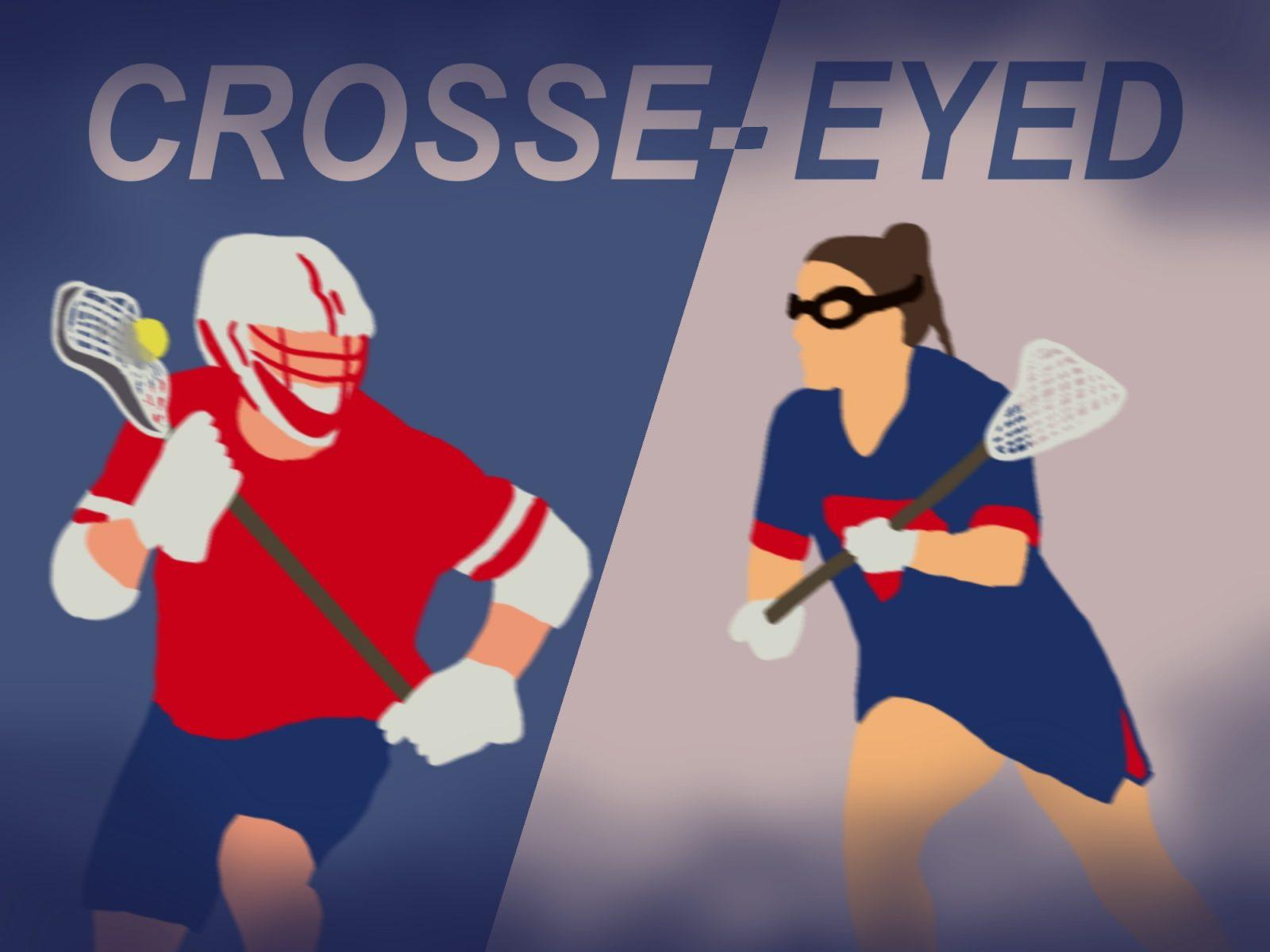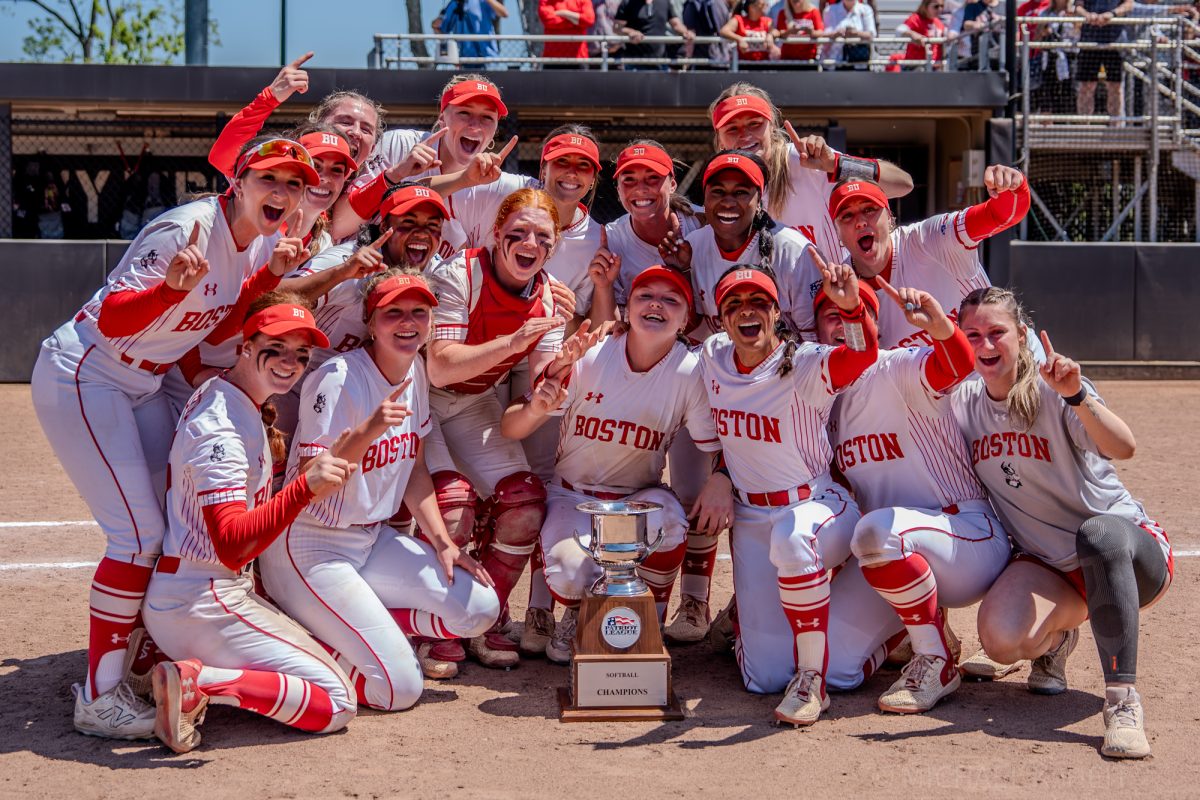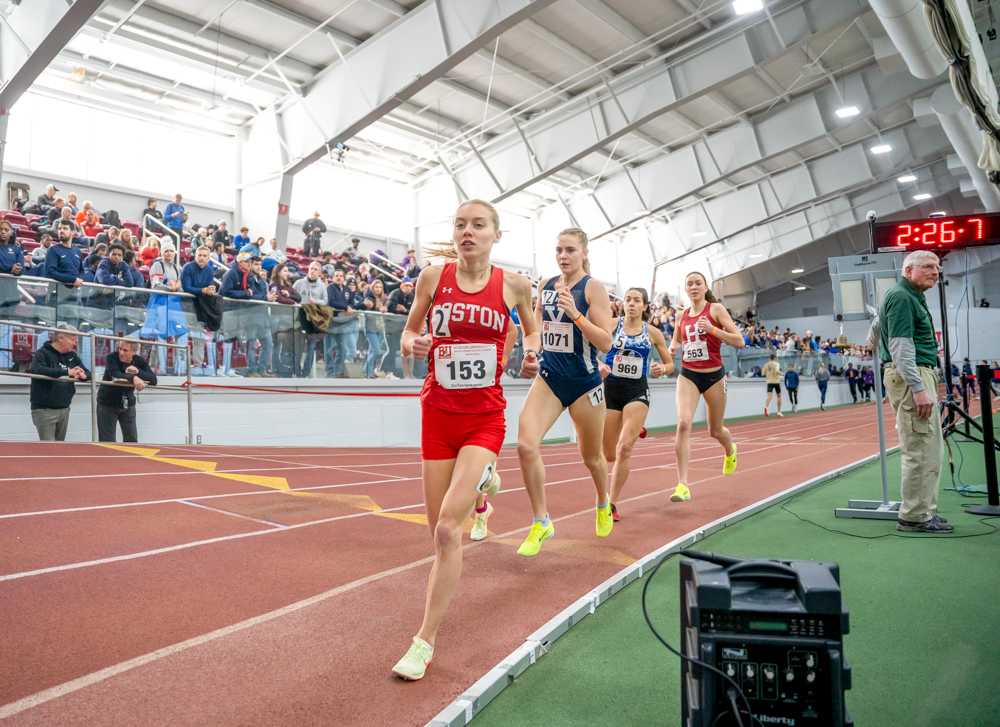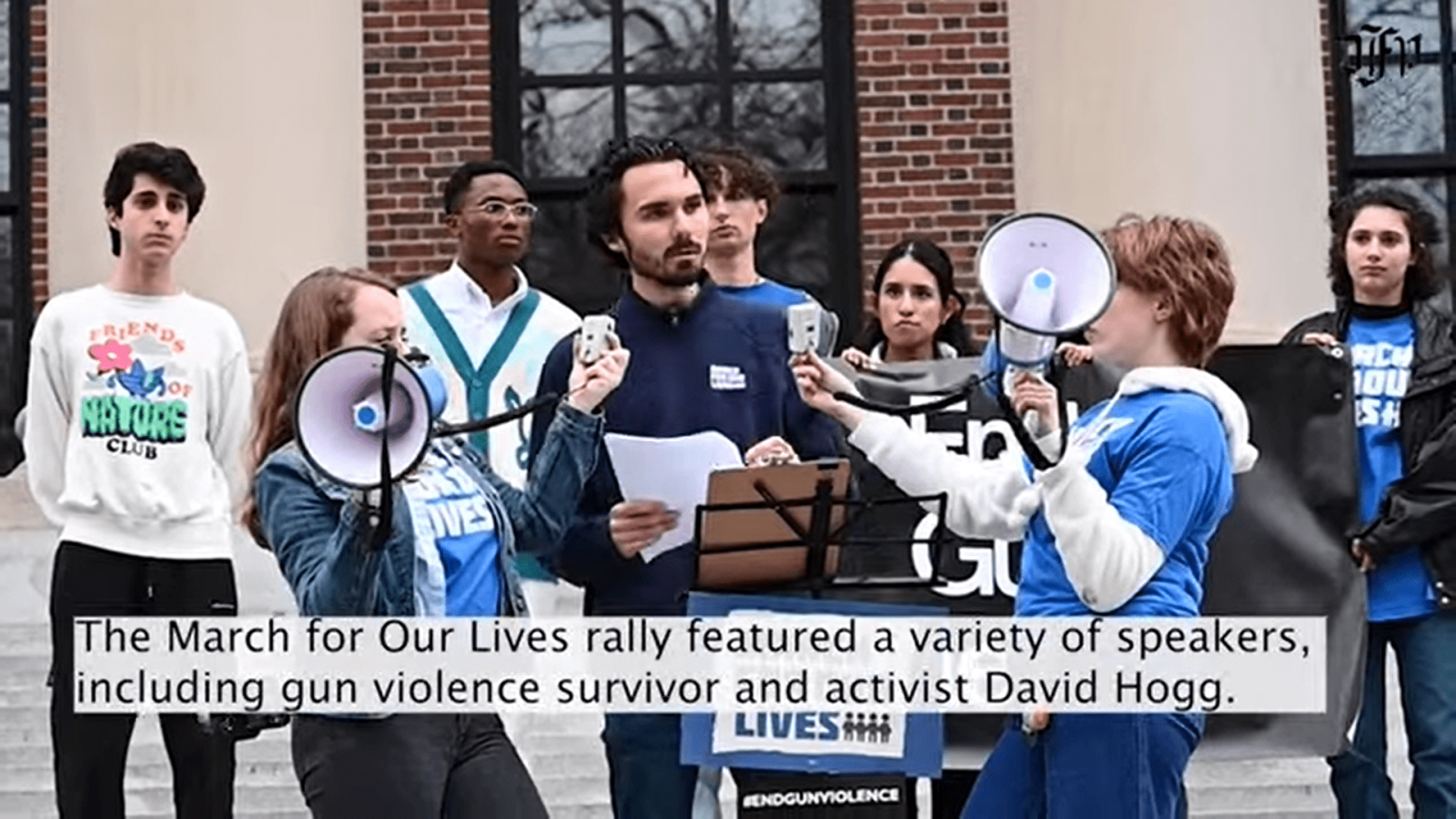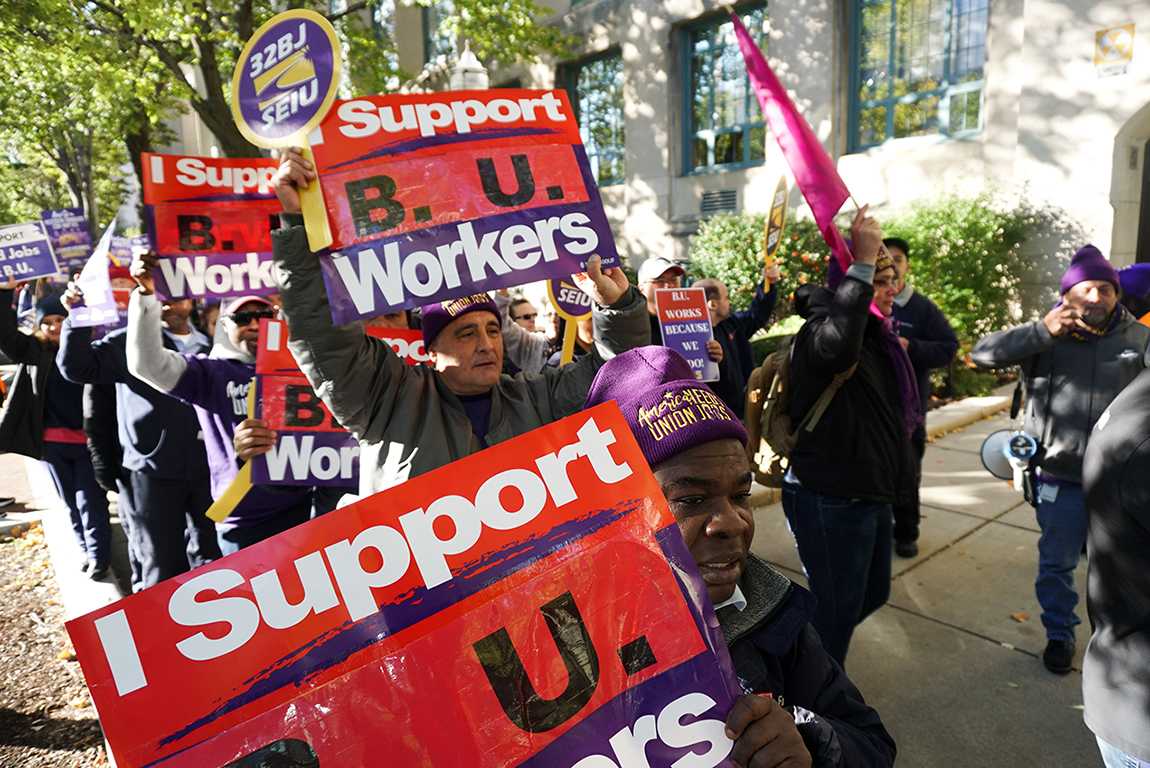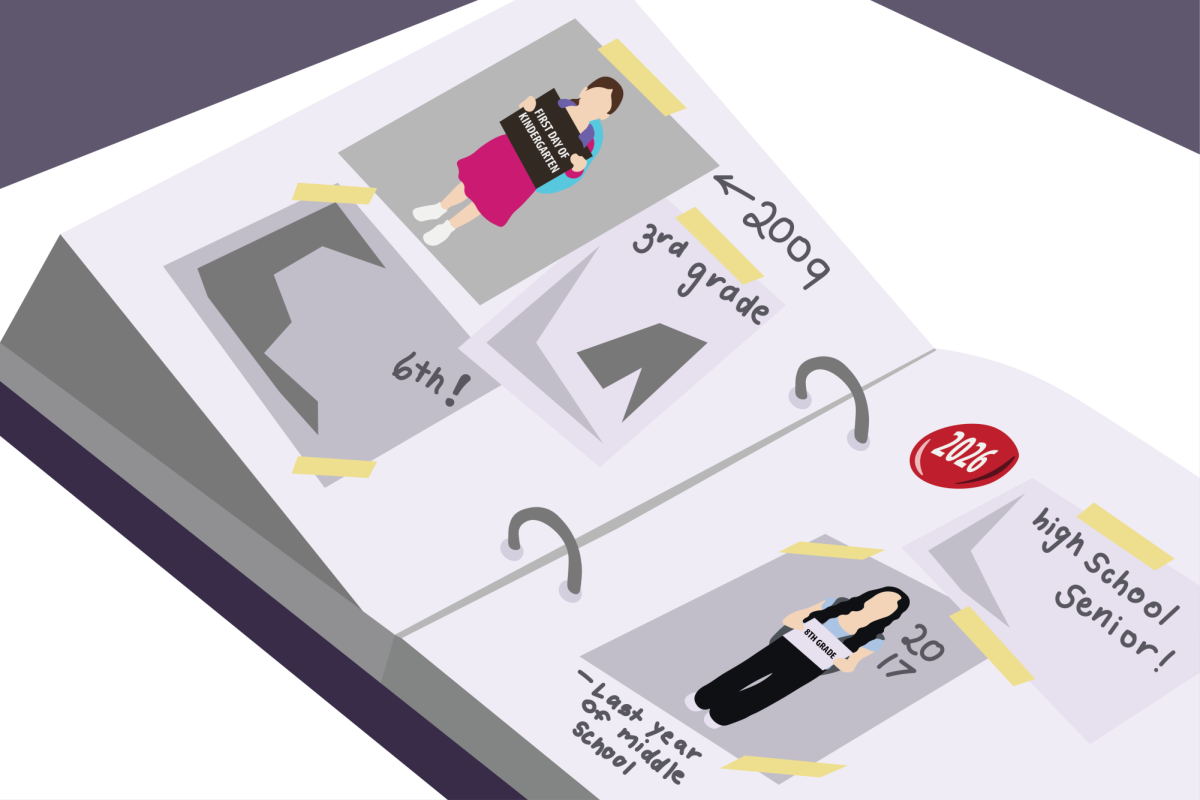Each year, the Boston Film Festival showcases a wide variety of movies, from high profile, bigger budget fare to smaller independents and shorts. Some are made by local filmmakers, while others come from countries all around the globe. The festival, which ran 10 days this year and featured about 50 films, has thrived on this kind of diversity to become one of the biggest annual cinematic events in the area.
In 2002, the Boston Film Excellence Award was given to William H. Macy, whose latest film, “Welcome to Collinwood,” screened at the festival. The award, whose past winners include Al Pacino and Kevin Spacey, singles out those in the film community whose careers are marked by their continued striving for individuality and independence. Many of the films in the festival represent artists working with similar goals in mind. Included here is a look at just a few of the many films that played at the Boston Film Festival this year.
AUTO FOCUS
Paul Schrader’s “Auto Focus” is a rather curious mixed bag. For all intents and purposes, it should be an out-and-out disappointment and yet another 2002 example of squandered talent and wasted potential. After all, it is a 90-minute film that feels about three times that length, contains flaccid dialogue in scenes that require sharpness and poignancy, and has no real plot or story progression to speak of. On the other hand, the film is aggressively, almost painfully, infectious. For one thing, it has a style and tone that are tough to grasp, but then when grasped, impossible to let go of. But most of all, this film is an acting performance monster. The reason why it ends up working is more than anything because it features what will no doubt be two of 2002’s best screen performances.
“Auto Focus” is touted as a biopic of 1960s TV star Bob Crane, him of Donna Reed and Hogan’s Heroes fame, but the film chooses more to focus on Crane’s post-Hogan’s life as a video recording enthusiast who made one too many X-rated videos to keep his star from falling. This kind of material is well suited to writer-director Paul Schrader, who has made a tidy career out of flawed, tragic male protagonists. Among several screenplays for Martin Scorcese movies, he directed “Affliction” (1998), which starred Nick Nolte as an emotionally tortured police officer bogged down with family baggage and skeletons in the closet. “Affliction” and “Auto Focus” both reveal what seems to be Schrader’s greatest strength as a director: bringing out stellar performances from carefully chosen lead actors.
Here, the actor is none other than Greg Kinnear, one of Hollywood’s most under-used and least-celebrated screen talents, who turns in a tour de force performance as the cheeky, eccentric Crane. A biographical acting job is an inherently difficult task, for the best biographical performances come from actors who actually learn their characters and try to grasp their mannerisms, personalities and eccentricities so they can rise above the level of mere impersonation. Kinnear is straight Bob Crane: everything from the squeaky-clean, “gee whiz” manner that made Crane such a loveable oddball in the first place to Crane’s unmistakable smile, a glint that is just charming enough to avoid being that of a used car salesman. Kinnear is a real treat to watch as he transforms from a grapefruit-juice drinking Ward Cleaver to a disturbed, sleazy, orgy-frequenting pervert who is in love with both his video camera and the feminine physique, and thus is determined to fuse the two. It is a performance of real depth and a career high for Kinnear, who should find it no surprise if his name is announced with the other Best Actor nominees in February.
But that’s not enough, says John Q. Filmgoer? One great performance can’t save a plot-less, molasses film? Well how about two? When all is said and done, this is Kinnear’s movie, but his role would mean little without the equally dynamic and absorbing work of co-star Willem Dafoe, who brings a chameleonic sadness to the role of John Carpenter, a video technology pioneer who develops a fascination for Crane and becomes his number one confidant. Dafoe expertly presents Carpenter as a man consumed by his own inner demons: a need to make something out of himself, the jealousy of always being the man behind the scenes when he just wants to get in front of the camera for a change and his unrequited homosexual attraction to Crane. His role is perhaps the film’s most important, serving as a barometer of Bob Crane’s own falling star.
It is these two central performances that rescue the film from its drawbacks and then elevate it to an impressive level. A good end-to-end film it is not; a filmed character study expertly delivered by two fine actors, it is. –Chad Berndtson
SECRETARY
Keep your viewing pleasure well-fed while the secretary’s bum turns red. This Sundance jewel won a prize for “originality” at this year’s festival. One can no doubt be guaranteed a startling, subversive (and often sadistic) experience with Steven Shainberg’s “Secretary.” Based on a short story by Mary Gatskill, the film celebrates outsider sexuality in a twisted, tongue-in-cheek, darkly comic fashion.
Up-and-coming quirk actress Maggie Gyllenhaal (“Donnie Darko”) plays the mousy and self-mutilating Lee Holloway, who departs a mental institution in Florida on the day of her sister’s wedding. It’s clear Lee isn’t in great shape — her father’s alcoholism resonates through her life back home and she continues to cut herself, as well as burn herself with a boiling teakettle. Her mother (played by a hysterical Lesley Ann Warren) blatantly padlocks the knives and other sharp objects in a kitchen cabinet. However, after obtaining a certificate in typing from the community college, the socially more-than-awkward Lee decides to jumpstart her life and seek a secretarial job.
She lands in the small, surreal office of the offbeat E. Edward Grey, played by James Spader, in his best role yet (even beating his turn as Steff in “Pretty in Pink”). Once Edward spots Lee kissing her boyfriend (Jeremy Davies, “Saving Private Ryan”) at a local diner/laundromat, the relationship between employer and employee gradually begins to transform. The lawyer uncovers an extensive collection of red markers and begins to harshly mark Lee’s typos and scold her. One day, the secretary’s errors provoke a shocking, brutal spanking from her master. Soon after, Lee begins to misspell on purpose as she learns to indulge in this bizarre office behavior. A mutually understood, S’M power struggle emerges in the film, and Lee’s character blossoms like the orchids Edward cultivates in his personal office biosphere with each slap, spank and humiliation. She revels in her submission, bringing faxes to her boss on all fours and attempting to pour coffee in handcuffs. Spader captivates us in his first moments onscreen, and draws us into his subtle, sometimes seedy, yet intriguing character. He is normally not considered one of the Hollywood greats, but this film gives him the opportunity to blow an audience away. He’s damn funny, too.
Shainberg neither lauds nor shuns S’M practices in “Secretary,” but he provides a window and deep characterization to a realistic duo and gives them a functioning, although strange, love story. Spader’s and Gyllenhaal’s performances are fine-tuned to perfection and cause one to want to follow them later in their careers. “Secretary” proves a spicy treat to viewers both naughty and nice. Don’t forget to bring your whip — or carrot and horse saddle. –Kerri Chyka
KISS THE BRIDE
“Kiss the Bride” is, quite simply, nothing out of the ordinary. The plot involves three Italian-American sisters who return home to Westerly, R.I., for the wedding of their other sister, who has stayed home and developed a simple, happy life while the rest have attempted in vain to find contentment in escape and rebellion. Unfortunately, all of the characters seem to have been cobbled out of clichÈs. Each of the sisters seems wholly defined by her own superficial attempts to mask her anger and frustration-becoming a high-powered Wall Street career woman, for example, or a lesbian rock musician — all of which apparently resulted from some sort of family strife, be it sibling rivalry or not living up to mom and dad’s expectations. So, while Danni (Amanda Detmer) has stayed in Westerly and found true love, the others have become poster girls for facile, cookie-cutter angst. And, of course, being an Italian-American family, you have token appearances by a stern but loving patriarch (Burt Young), a tough but understanding mother (Talia Shire) and a lot of old women who cook great food and only seem to speak in Italian. The entire cast does the best they can with the material, but there are very few moments when the characters seem to venture beyond their designated stereotypes.
As for first-time writer/director Vanessa Parise, who also co-produced and co-stars in the film, her own story is more interesting than the one told in her film: originally a Harvard pre-med student, Parise turned to acting, working at New York’s Circle in the Square program and directing a short film before writing the script for “Kiss the Bride” and shopping it around in Los Angeles.
In a recent interview, she explained how the lack of female directors who star in their own films inspired her to try it herself. Citing as influences films that “blend comedy and drama,” such as those of Woody Allen and Alexander Payne, she set out to make a film with strong, believable female characters that reflected her own experience growing up in a small New England town. She also discussed how the success of films like “My Big Fat Greek Wedding” implies that audiences are receptive to such lighter, more intimate fare. The film premiered to a packed crowd at the Boston Film Festival and was met with a rousing ovation. Despite the warm reception here, it seems that Parise has a long way to come as a filmmaker. Although “Kiss the Bride” is a generally unimpressive debut, it has some flashes of promise, as Parise’s sincerity and understanding of actors show through. Here’s hoping that her next project — set to film in Boston — can correct the mistakes of this film and inject some creativity and subtlety into its characters. –Dan Ciardi
DAS EXPERIMENT
Based on the notorious Stanford Prison Experiment of 1971, German director Oliver Hirschbiegel’s “Das Experiment” shockingly examines the dynamics of human behavior in the setting of a modern, surreal makeshift prison. By paralleling the prison experiment to the origins of Nazism, Hirschbiegel makes a thought provoking and chilling feature film debut, yet he doesn’t quite succeed in creating a well-rounded, profound, or even memorable work.
The unsettling psychology expert, Professor Thon, constructs with his assistant a mock prison in a university research lab. He hires 20 male students to participate in his behavioral study for two weeks, aiming to discover how one’s conduct changes when given a label. Divided into two teams of “prisoners” and “guards,” the students are asked to role-play under 24-hour surveillance cameras. Anyone may forfeit payment and leave the experiment at any time, and the central rule is that no physical violence may occur. It isn’t difficult to predict that things are going to turn ugly. While the two groups initially display empathy for each other and want to make it to the end as quickly as possible, the guards start to abuse their power of authority when hostility arises among the prisoners under claustrophobic conditions.
Increasingly vicious and sadistic, the guards trap the prisoners and scientists and a violent power struggle ensues. Law and order completely break down, and what started as an innocent experiment transforms into a dire life and death situation.
Moritz Bleibtreu of “Run Lola Run” fame plays the film’s central character, a cab driver exacerbating the tensions within the “prison” in order to trigger an expose story and establish a career in journalism. This performance will likely put Bleibtreu on the map in international cinema – he is a compelling lead.
The main problem, however, with “Das Experiment” is that we know where it is going from the beginning. Nothing is strikingly original in this film and it is sometimes obtuse. Yet audiences may be interested in the “Big Brother”-type setting because of the current explosion in reality television. Nevertheless, “The Experiment” invades the human psyche and entices one enough to have the components of a decent thriller.
Hirschbiegel provides quite a few climactic moments to keep one on the edge of his or her seat. –Kerri Chyka
WHITE OLEANDER
Peter Kosminsky’s adaptation of “White Oleander” is standing proof that a worthy film can be created from a novel of bitter, dysfunctional allure. Janet Fitch’s novel is a dramatic coming-of-age story that centers on the life of a young girl growing up in the glittering shambles of Hollywood Hills.
The book quietly offers the kind of stark, powerful prose and highly expressive plot that enable it to live up to its praise. Of course, this leaves much at stake for the screenplay. Think of the number of films that have scrapped the wonder and strength of a book for two hours of mediocre melodrama. In this case, Kosminsky manages to capture all the elements that keep a screenplay true to its source.
The focus is on Astrid (Alison Lohman), who, at 13, finds herself caught in an endless cycle of foster homes and teen facilities after her mother, the manipulative artist Ingrid (Michelle Pfeiffer), is thrown in prison for murder. Astrid’s journey takes her from the trailer of a Bible-thumping woman, where she is shot in the shoulder, to the home of the wealthy and fragile Claire (Renee Zellweger) — all the while being shuttled back and forth from a juvenile center filled with other abandoned children.
It is the brilliant cinematography by Elliot Davis (“I Am Sam”) that brings Astrid’s raw, washed-out perspective to light. The viewer is like a tiny dragonfly circling closely, watching as her emotions and thoughts are painted across her face. One sees things through Astrid’s eyes, often on a scale small enough to block out all but very little of her outside environment. Handheld cameras and extensive close-ups allow the movie to capture things that would have otherwise been completely lost from the novel-Ingrid’s cold, sharp-as-a-knife beauty, and the struggle of Astrid’s first foster mother, Star (Robin Wright Penn), who is valiantly attempting to trade the cross for the bottle.
Clearly, it is not the where, but the who, that is important. Newcomer Lohman fits into the role of the artistic Astrid perfectly. Her apparent understanding of the complex, evolving character is astute — transforming from an innocent girl with well-hidden secrets to a young woman who chooses to survive rather than be broken by her environment. And while two foster homes included in the book are absent from the film, Penn and Zellweger each play their polar-opposite roles extremely well.
But it is Pfeiffer who takes over the screen, taking on the complex, alternately poisonous and loving qualities that Ingrid projects upon her daughter. The most compelling scenes occur between mother and daughter, as Ingrid creates and heals wounds that Astrid must overcome throughout the film, in three years of one tragedy after another.
However, Astrid’s relationship with the solitary Peter (Patrick Fugit) is one element of “White Oleander” that has been altered for Hollywood’s purposes. This is not to say that the dynamic between them is forced, but rather that their romance, originating out of their shared artistic talent, is keenly honest, coolly observant and tender without being overblown. Ingrid may laugh cynically at Astrid in her early stages of naiveté, offering comfort only in the fact that loneliness is part of the human condition.
“White Oleander” displays this loneliness and turns it inward — leaving behind concentrated human emotion tinged with hope and sadness. It may be about a lost girl finding herself, but this is no bubble-gum, Judy Blume tale. “White Oleander” speaks to anyone who is still searching. –Sharon Steel

